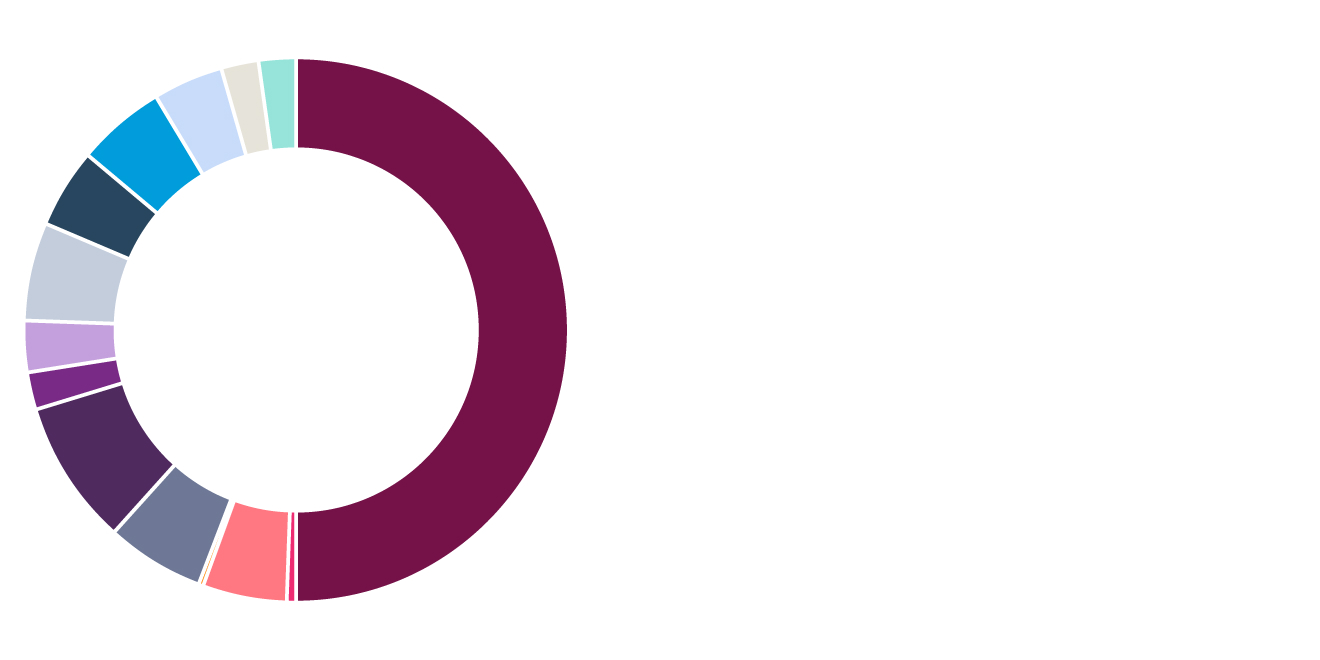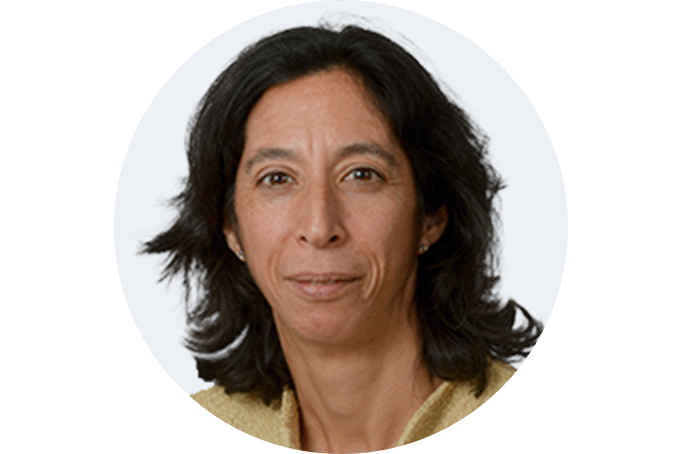- Member's menu
-
 Close
Close - Home
- About pensions

- Your Nest pension

- Investing your pension

- Retirement

- Support

- Member's menu
-
 Close
Close - Overview
- Take our three-step pension check
- What kind of retirement do you want?
- Calculate your retirement income
- How much should I save for my pension?
- How to grow your pension
- The advantage of saving early
- Why it's never too late to save
- How lifestyle changes affect your savings
- Member's menu
-
 Close
Close
- Support

- Help centre
- Contact us
Managing ongoing recession risk
Every month, Nest takes more than £400 million in member contributions, which is a phenomenal amount of money to be receiving on a regular basis.
It also creates a challenge – how to invest without holding onto it for too long. Any significant delay is time the money isn’t being put to work and can cause a drag on performance.
We therefore have more than 14 ways to invest our members’ money, into different ‘asset classes’ – a term the market uses to describe different types of investments.
Here’s an example of one of our default Retirement Date Funds and the breakdown of which asset classes it’s invested in.

Asset allocation
*Nest 2040 Retirement Date Fund as of 30 June 2022
The above pie chart shows: 50.2% Climate aware global developed equities - GBP hedged, 0.5% Private equity, 4.9% Private credit, 0.4% Short duration investment grade bonds, 5.9% Global investment grade bonds, 8.5% Climate aware global emerging markets equities, 2.1% Global listed property, 3.1% Commodities, 5.9% Hybrid property (UK direct & REITs), 4.8% Emerging market debt, 5.2% Global high yeild bonds, 4.3% Sterling corporate bonds, 2.2% Infastructure equity, 2.0% Infastructure equity - renewables.
We appoint fund managers who help identify opportunities to invest in each asset class, giving us plenty of choice as to where our members’ money goes.
This also helps maintain a diversified portfolio of investments which isn’t too reliant on any one component. Instead, we can adjust how much we’re putting into an asset class based on how we think it will perform.
With this ability we’re regularly reviewing our portfolio and considering whether changes should be made.
For example, we recently discussed the difficult market conditions companies are facing and will likely continue experiencing over the coming months and years.
The risk of economies around the world going into recessions has increased – Europe may already be in a recession due to high energy prices and persistent high inflationary pressures. The knock-on effect, as we’ve seen before, will be more companies going out of business.
We want to manage this ongoing recession risk and be prudent about where our members’ money goes. For example, a company in financial stress may default on their loan repayments.
We’ve therefore reduced the amount we’re investing into ‘global high yield bonds’ as these asset classes tend to lend money to companies deemed to have a poorer credit rating.
Instead, we’re loaning more money to companies with sounder financial positions which can more safely ride out the expected turbulence ahead. This is through the asset classes ‘investment grade bonds’.
These changes to our asset class allocations are slight, often just a fraction of a percent difference, but this translates to £100s million in our total portfolio worth more than £24bn.
We believe it’s important we make these adjustments to squeeze out better investment performance.
And the evidence suggests this approach is the right one to take. The most recent investment performance from CAPA data*, shows our position against other UK pension schemes.
We regularly achieve better performance against the industry average, for often far less volatility than other pension schemes. We believe diversification and reducing our reliance on single asset classes like shares (public equity) is important if we want to maintain the right balance between risk and reward.
This is also the case over the long-term – the ten-year annualised performance of our Retirement Date Funds in the growth phase achieved 8.4% growth**.
We’ll continue to look ahead, giving our members the best chance of a decent retirement income when the time comes.
-
* Data taken from CAPAdata website.
** Data taken at end June 2022 for Nest’s 2040 Retirement Fund, a link to which can be found here.
Published 10 November 2022








